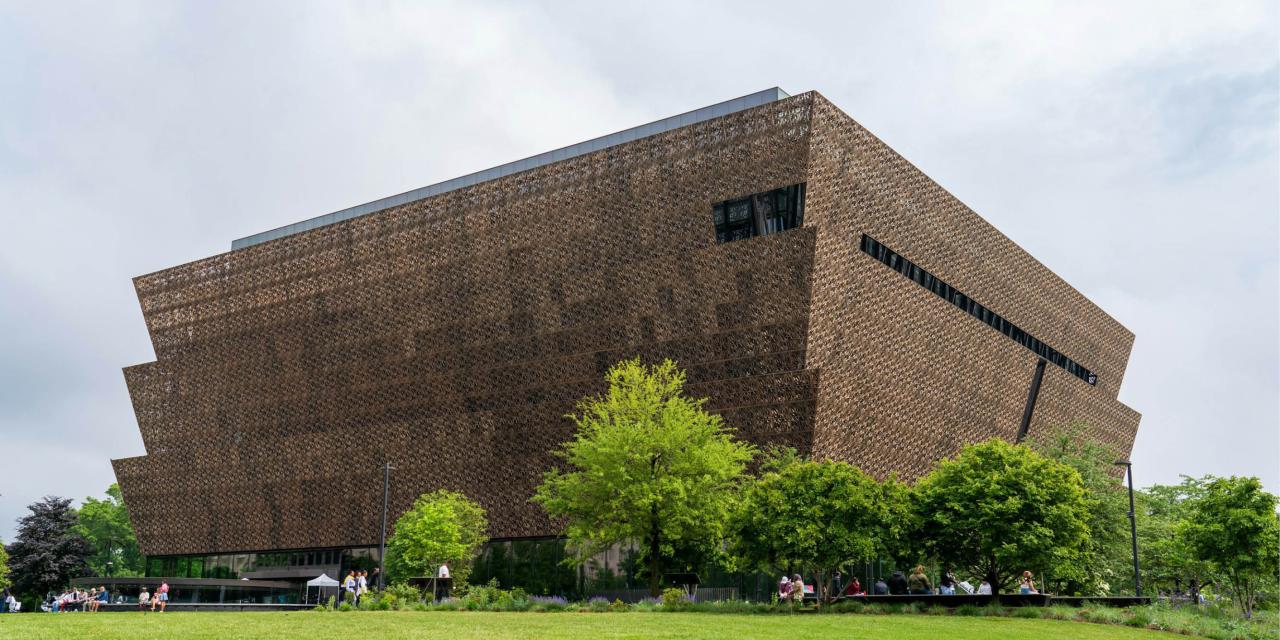
Worship-enriching Questions
Have you ever “tasted heaven on earth” while in worship? That’s how Christians in sixth-century Constantinople regularly described their experience in Hagia Sophia (Church of Holy Wisdom).
Do you wonder how to resolve conflict between worshipers who prefer written texts and prayers and those who want passionate worship? It wasn’t an either-or question at Christ Temple, a 19th-century black holiness church in Jackson, Mississippi. They worshiped fervently, sang hymns, prayed for healing and followed an order of service.
Try praying while standing, with your hands raised and eyes open. Christians used that prayer posture in fourth-century Jerusalem.
These worship-enriching questions and suggestions come from the Church at Worship series. The books document specific worshiping communities from around the world and throughout Christian history. You can use the series for personal devotions, in small groups and in classrooms.
Worship stories about real people
“If we could pick you up in a time machine and drop you down in the worshiping community in fourth-century Jerusalem, what would you see? What would you hear? Walking Where Jesus Walked tells that story with firsthand accounts, pictures of spaces those Christian worshiped in, art, scripture readings and parts of sermons they heard,” Carrie Steenwyk said after the series’ first book came out. She, Lester Ruth and John Witvliet edit the Church at Worship series.
Each book is structured to help you understand how historical and cultural contexts shaped a given church. Books open with a brief introduction about the featured congregation’s context. A timeline, map and other resources give you a picture of what was going on in the world, in Christianity and in that church. This section describes how worship historians investigated the congregation. You also get a list of significant themes and practices to look for in the featured church’s life.
The bulk of each book comprises a longer narrative about the community’s worship and actual material from the specific congregation. The Church at Worship book series will include several volumes. See Walking Where Jesus Walked: Worship in Fourth-Century Jerusalem by Carrie Steenwyk, Lester Ruth and John D. Witvliet; Tasting Heaven on Earth: Worship in Sixth-Century Constantinople by Walter D. Ray; and Longing for Jesus: Worship at a Black Holiness Church in Mississippi, 1895-1913 by Lester Ruth.
Adaptable to your intended use
Steenwyk says the Church at Worship series’ goal is to help you see that Christians who worshiped differently than you do were “real people striving to do things for God’s glory.” Looking at these historic examples can help your congregation move worship discussion beyond individual reactions to last week’s service to conversations on the purpose and meaning of worship.
“We hope the series helps readers ask meaningful questions about their own practice. We don’t intend to hold each of these communities up as something that churches should hope to replicate, but we do hope that people will wonder about the advantages and disadvantages of some of the practices,” Steenwyk says. Reading the books may prompt you to think through worshiping outdoors in public places, preaching on isolated Bible texts, washing each other’s feet or singing simple choruses.
Each book ends with guides for using the book for personal devotions, in small groups or for particular disciplines or interest areas. The guides correspond with specific book sections or disciplines and include discussion questions.
For example, Walking Where Jesus Walked describes daily, weekly and yearly rhythms, so you might try mapping the daily, weekly and yearly rhythms in your devotional or church life. Tasting Heaven on Earth includes photos and paintings of communion vessels, clergy robes and worship space mosaics. Your small group can discuss whether or how material objects play a role in your congregation’s prayer life and worship. If you’re interested in music, then Longing for Jesus may pique your interest in C. P. Jones’ role in black gospel music.
You’ll also find an anthology of primary sources, a glossary and suggestions for further study, including websites and help finding present-day churches that carry on traditions described in the book.

